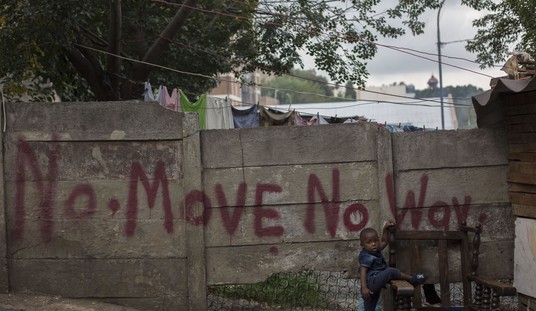In light of recent school shootings, the Secret Service's National Threat Assessment Center (NTAC) created the an "Operational Guide For Preventing Targeted School Violence." The guide gives schools an idea of how to create a safety model based on a threat assessment.
According to the guide, schools should:
Step 1: Establish a multidisciplinary threat assessment team of school personnel including faculty, staff, administrators, coaches, and available school resource officers who will direct, manage, and document the threat assessment process.
Step 2: Define behaviors, including those that are prohibited and should trigger immediate intervention (e.g., threats, violent acts, and weapons on campus) and other concerning behaviors that require a threat assessment.
Step 3: Establish and provide training on a central reporting system such as an online form on the school website, email address, phone number, smartphone application, or other mechanisms. Ensure that it provides anonymity to those reporting concerns and is monitored by personnel who will follow-up on all reports.
Step 4: Determine the threshold for law enforcement intervention, especially if there is a safety risk.
Step 5: Establish threat assessment procedures that include practices for maintaining documentation, identifying sources of information, reviewing records, and conducting interviews. Procedures should include the following investigative themes to guide the assessment process:
• Motive: What motivated the student to engage in the behavior of concern? What is the student trying to solve?
• Communications: Have there been concerning, unusual, threatening, or violent communications? Are there communications about thoughts of suicide, hopelessness or information relevant to the other investigative themes?
• Inappropriate Interests: Does the student have inappropriate interests in weapons, school attacks or attackers, mass attacks, other violence? Is there a fixation on an issue or a person?
• Weapons Access: Is there access to weapons? Is there evidence of manufactured explosives or incendiary devices?
• Stressors: Have there been any recent setbacks, losses or challenges? How is the student coping with stressors?
• Emotional and Developmental Issues: Is the student dealing with mental health issues or developmental disabilities? Is the student's behavior a product of those lines? What resources does the student need?
• Desperation or Despair: Has the student felt hopeless, desperate or like they are out of options?
• Violence as an Option: Does the student think that violence is a way to solve a problem? Have they in the past?
• Concerned Others: Has the student's behavior elicited concern? Was the concern related to safety?
• Capacity: Is the student organized enough to plan and execute an attack? Does the student have the resources?
• Planning: Has the student initiated an attack plan, researched tactics, selected targets, or practiced with a weapon?
* Consistency: Are the student's statements consistent with his or her actions or what others observe? If not, why?
• Protective Factors: Are there positive and prosocial influences in the student's life? Does the student have a positive and trusting relationship with an adult at school? Does the student feel emotionally connected to other students?Step 6: Develop risk management options to enact once an assessment is complete. Create individualized management plans to mitigate identified risks. Notify law enforcement immediately if the student is thinking about an attack, ensure the safety of potential targets, create a situation less prone to violence, redirect the student's motive, and reduce the effect of stressors.
Step 7: Create and promote a safe school climate built on a culture of safety, respect, trust, and emotional support. Encourage communication, intervene in conflicts and bullying, and empower students to share their concerns.
Step 8: Provide training for all stakeholders, including school personnel, students, parents, and law enforcement.
Recommended
One of the most vital pieces of information that the guide reiterates: there is no profile of a student attacker. Attackers have been both male and female; good students and mediocre students; and loners and popular students.
"Rather than focusing solely on a student's personality traitors or school performance, we can learn much more about a student's risk for violence by working through the threat assessment process, which is designed to gather the most relevant information about the student's communications and behaviors, the negative or stressful events the student has experienced, and the resources the student possesses to overcome the setbacks and challenges," the guide said.
According to Lina Alathari, the author of the operational guide, this was the first time mass shootings were studied from an operational standpoint.
"No one had really studied school shooters from an operational preventive perspective before," Alathari told ABC News. "Everyone brings a different perspective to how they interpret someone's behavior."
Alarthari said law enforcement has a vital role in prevention.
"It's very important to have this collaboration with law enforcement because not only can they assist when there is an imminent safety risk but they can assist in other ways as well," Alathari said. "A lot of students respond well to school resource officers. They bond with them, sometimes they serve as coaches on teams, sometimes they co-teach classes; a lot of students feel comfortable having that presence in their schools."

























Join the conversation as a VIP Member